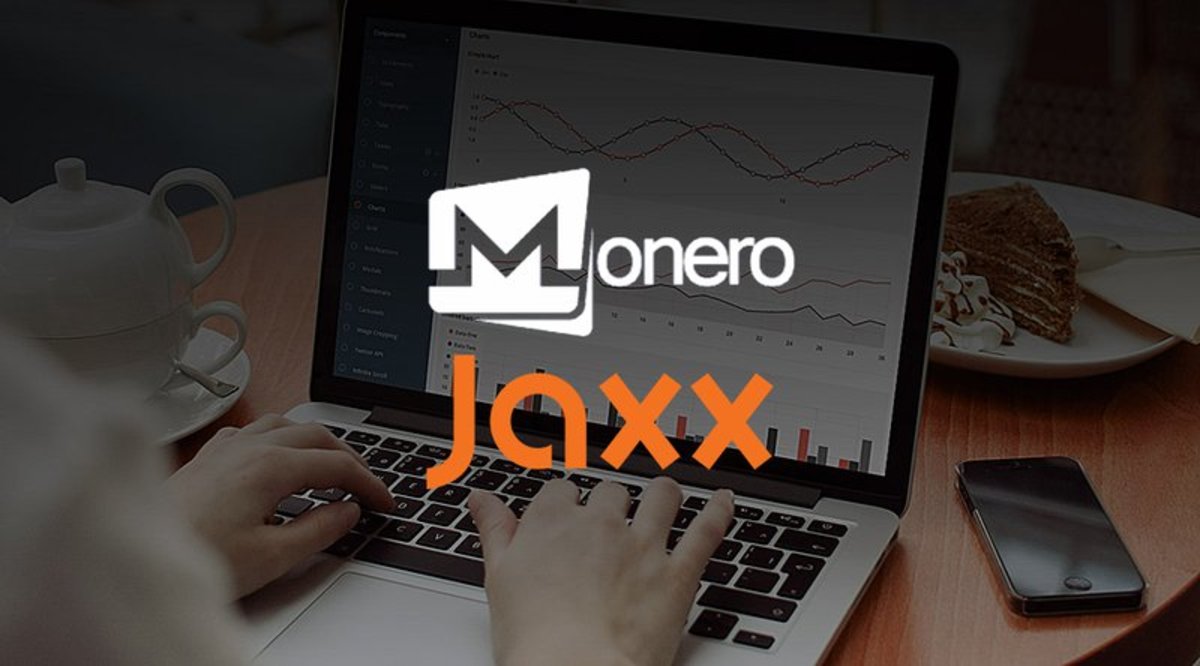Setting out to know the number of or to get a rough estimate of Bitcoin users in all the parts of the world currently could be daunting. This is partly for the pseudonymity and the double or triple chances of one user duplicating addresses or not being active with one and so on.
Counting businesses
Compared to 2014 when more than 64,000 businesses were reported to accept payments in Bitcoins around the world, the figure has changed to - at least - over a 100,000 merchants in 2015.
Citing a Federal Reserve Board 2014 Technical Background and Data Analysis, Banco Santander notes that some rough calculations suggest that the Bitcoin user base has doubled every eight months for the past three years, driving transaction volume growth.
However, Core developer Peter Todd said so much has changed since 2014 that the indices could not be applied now:
He stated via Twitter:
“Back in 2014, that estimate was probably more reasonable, because the usage of Bitcoin was simpler. E.g., a changetip user barely does any txs (transactions) at all. Similarly, lots of investors are "Bitcoin users" yet all their txs stay on exchanges.”
Now, he says, it is not an easy thing to give a rough estimate of Bitcoin users because “... there's a n:m correspondence of uses to transactions, and we don't even know if n
Bitcoin users in South America
Brazil’s Banco Santander responded with recent resounding “Yes” to Bitcoin to the question in its report which titles TO BITCOIN OR NOT TO BITCOIN? Its management has met with local investors including the CEO of Mercado Bitcoin, the oldest and largest Bitcoin brokerage company in Latin America, Rodrigo Batista.
According to Santander, the Brazilian-based Mercado Bitcoin has 150,000 clients. There are indications that this figure has been climbing, going by the sudden increased interest in Bitcoin across the South America region.
The crisis in Venezuela pushed trading of the digital currency to its all time high rate on Localbitcoins reaching over Bs2.4mln weekly. As well as in Brazil, has improved of late to around R$250,000 weekly. Argentina remains tipped to possibly be the most likely to adopt Bitcoin as a nation, while new exchanges have sprung up in Colombia and tradings in Bitcoin reached over P200 mln weekly.
Projected Figures
Last year, the CEO of Xapo, Wences Casares, who created Argentina's first internet provider and later sold his online brokerage firm to Banco Santander for $750 mln in 2000, suggested there are 10 mln Bitcoin users and expected the figure to increase by fivefold by the end of 2015.
Last year, a report from Juniper Research found that the number of active Bitcoin users worldwide will reach 4.7 mln by the end of 2019, up from just over 1.3 mln in 2014 though the report, ‘The Future of Cryptocurrency: Bitcoin & Altcoin Impact & Opportunities 2015-2019’ argues that usage will continue to be dominated by exchange trading, retail adoption largely restricted to relatively niche demographics.
The report author, Windsor Holden, noted that while average daily transaction volumes have increased by around 50% since March 2014, the indications are that much of this growth results from higher transaction levels by established users rather from any substantial uplift in consumer adoption.
Bitcoin transactions grow
According to Blockchain.info user counts based on Blockchain wallet, there are about 8.8 mln registered Bitcoin users on its platform. A closer look shows that the jump started in early 2014 from 500,000+ to over 1.5 mln users in six months.
This year alone has produced the highest number of daily confirmed Bitcoin transactions. It reached an all time high of 276, 448 in March 2016 and it almost repeated same at 274, 486 in October 2016.
Why counting users is important
Defining who a user is could also be tricky. It could be someone who uses Bitcoin everyday for normal transactions or to make a purchase on the darknet irrespective of the timeframe for which the currency was held. Or it could be someone who uses Bitcoin occasionally or just has a fraction of it. Others take a user as someone who is willing to accept it as a form of payment or trade with it.
Whichever understanding of a user is applied, attempting to put a cap on the number of users is to possibly put a seal on the conjecture that many current users or enthusiasts may have about the view that Bitcoin use is actually growing. This is important to keep confidence at bay.
All these, coupled with the media attention Bitcoin is getting as well as the developing use cases for its underlying Blockchain technology, not just as a consumer payments system but as an investment vehicle, are indications of growth in use and we could rightly say that Bitcoin is going mainstream. However, the exact number of its users could still be considered indeterminate.
Other issues ongoing with the debate is the belief that what is more important is, if the infrastructure is getting stronger and if the network activity is growing. Others think the infrastructure needs to continue building to a tipping point where Bitcoin will be the obvious option not something people are trying to figure out.










